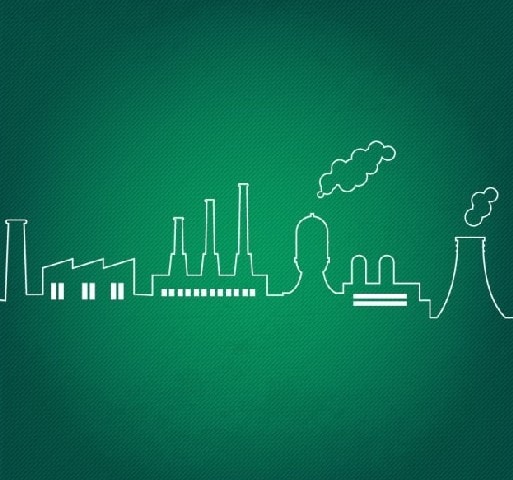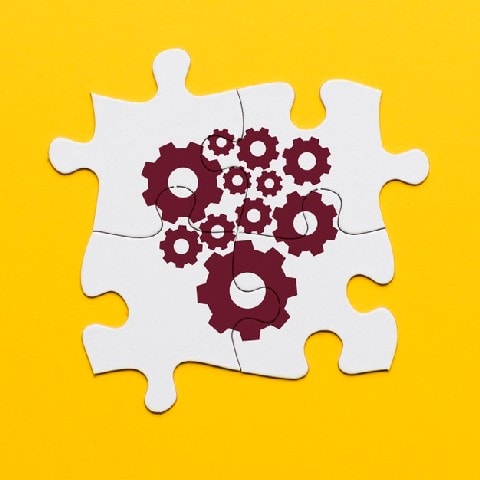Definition
The Industry life cycle denotes the evolution of the industry from the different stages it has to go through based on the characteristics of businesses involved in the industry. Some industries which are in their prime grow fast whereas those in maturity grow slowly.
- An industry starts from scratch and then moves through various phases in its life cycle
- These industry life cycle stages are Introduction, Growth, Maturity, and Decline.
- In many industries, the industry might get stuck at the maturity stage whereas other industries might decline over time.
When we hear the phrase “life cycle”, the first thing that comes to our mind is how a person or any animal has a life cycle. How they got through different stages in their lives. It starts with birth and ends with death. Our entire journey of life, including all the ups and downs, is wrapped in between. Similar is the case when it comes to any industry life cycle.
Any industry or anything for that matter has a definitive life cycle.
Now for any business, you cannot be sure when it will come face to face with its decline, but it has to go eventually. In today’s world, network and internet and new-age technology is everything. With high-end technology emerging every day, it is tough to retain any business for a very long time.
Thus, in the financial world, most of the business comes to its downfall, some very soon and some after a specific time, but all this occur in a sequential manner in which a company or an industry goes through different stages
This article will help you understand all the steps of the industry life cycle and how they work. So, without any further ado, let us get started with what the Industry Life Cycle is-
Table of Contents
What Is the Industry Life Cycle?
The industry life cycle represents the entire evolution, channelization, and saturation of industry or any business.
It typically has four stages which are the introduction stage, the growth stage, the maturity stage, and the decline stage.
Through all these stages, an industry goes through its struggle to maintain at the top and in the end, it finally settles down.
Now any industry can have all these four stages through its life cycle because of certain factors.
First, let us consider that a particular business has started with new technology.
In this fast technology world, it gets a vast start, as a result of this making way to its growth stage. But when the business was started, there was not much idea about the market size and the product specifications.
Also, constant fast-moving competition cannot be avoided at all. Amid all these criteria, the business gently starts to wither away and eventually passes from the maturity stage to the terminal stage.
Today’s economy is a complete dynamic one, and it changes with changing trends, innovations and other key factors that are varying at a faster pace. With all the modern technology on the rise, the life cycle of any industry can be shorter or longer.
So, let us now have a closer look at the four stages of Industry Life Cycle to understand the concept in a more lucid manner-
Stages of the Industry Life Cycle
As mentioned before, the industry has a life cycle that can be categorized into four different stages. Let us discuss these stages in more detail.
1. The Introduction Stages
The introduction phase is also called the start-up stage.
In this stage, the industry launches its product in the market for the very first time. If it is a brand-new technology like the personal computer was once upon a time, then at first it might be a considerable risk launching the product.
The customer demand would be deficient in this stage due to unfamiliarity with the product. Also, the people with the new business would not much about the market and how to best deal with it. Since it is a new product, even the product specifications would not be evident in the beginning.
Some of the companies fail in this very step itself. Some of them go for the next level or phase. The industry seems to be very fragmented in this stage and thus, mostly they are unprofitable at this stage.
So, in simple terms, you can understand that the growth rate in the introduction stage of Industry Life Cycle is on the double like all get out.
2. The Growth Stages
After the experience of the start-up stage, the companies or the industries get a firmer hold of the market in the growth stage.
Although making a lot of profit is not the primary concern for the companies at this stage. Mostly they are invested in research and development of their products. Also, new products are launched for the further development of the industry.
Since the products have made their mark in the market, there can be more prominent companies approaching for buying shares of the industry or acquisition/ merger that might take place is this stage.
Also, the business expands geographically, and the industry starts to take over the market steadily. If the industry is not able to grow with the increasing competition and the technology, then it might just perish and not go any further to the next stage of the industry life cycle.
So, in this stage of the industry cycle, a business experience growth not as faster as in the introduction stage, but still the growth speed will be faster than the growth speed of the general economy.
3. Maturity Stage
In this stage, the company starts to make a significant profit. They have their maximum revenue and cash flows as well.
In this stage, the customers are very much acquainted with the products of the company and the marketing is top-notch. As a result, the products become very popular in the market. Thus the demand is very high at the mature stage. As a result, the company reaches its top-game during this time.
Also, the industry tries to minimize its competition in this stage. They come up with new launches and strategies to be all-time ahead of their competitors.
However, in this stage of the Industry Life Cycle, growth speed would not be speedier than the general economy. But there would be a sustainable existence of the business or industry in its target niche.
4. Decline Stage
This is the last stage in the industry life cycle.
In this cycle, the costs become counter optimal, and the sales also decline. In this stage, the industry is no more able to support the growth in the market.
Also, the revenues keep on declining during this period. The weaker competition is forced out of the market in this decline stage. In all, making the profit becomes very challenging in the decline stage.
To overcome this stage, sometimes the industry only focuses on its bestselling products. Also, they try to acquire weaker competitions in the market to lessen the competition and make them stay certainly for a longer time.
Such strategies lengthen the decline period and thus give some more time to the industry to regain its strength.
So, all in all, in the decline stage of the Industry Life Cycle, an industry will experience the growth rate, which is lesser than the growth speed of the general economy.
Wrap Up!
Like for everything in this world, the end is inevitable. The same is the case for any industry.
It is supposed to enjoy all its victories, but in the end, it also has to accept its downfall. We hope that this article has given you a fair idea about the life stages of any industry. Although with proper financial decisions and thorough market evaluation, you can always keep a company afloat for a very long time in this corporate sector.
On the concluding note, Industry Life Cycle can be understood as different stages of growth and decline trough which any industry or business evolves. At the decline phase, the growth of any industry that began at the introduction stage starts declining and losing sustainability.
We hope that you have understood everything about the Industry Life Cycle.
Are you curious to know more about the key features of different industries for analyzing through which stage an industry is going through? Ask our experts in the comments below, or start enrolling in Business Management Courses of M91.
Liked this post? Check out the complete series on Strategy

